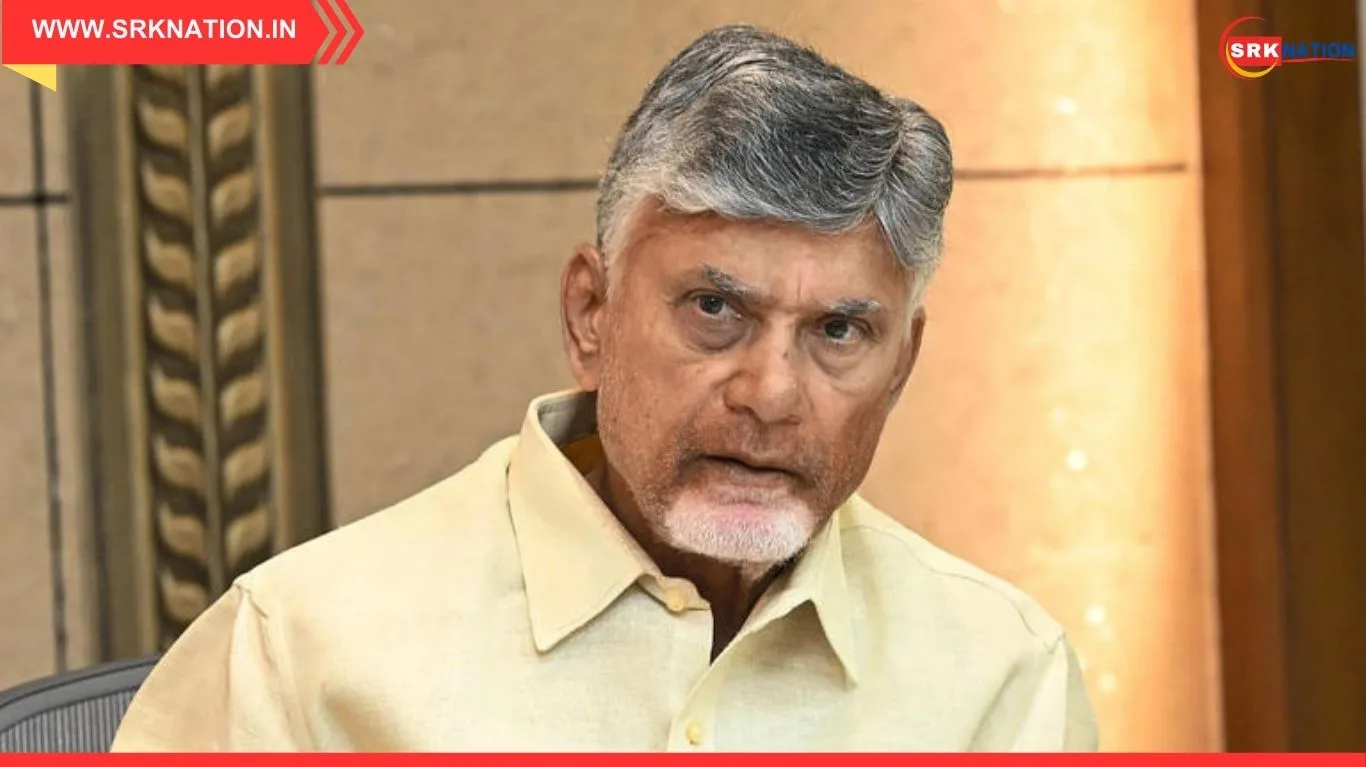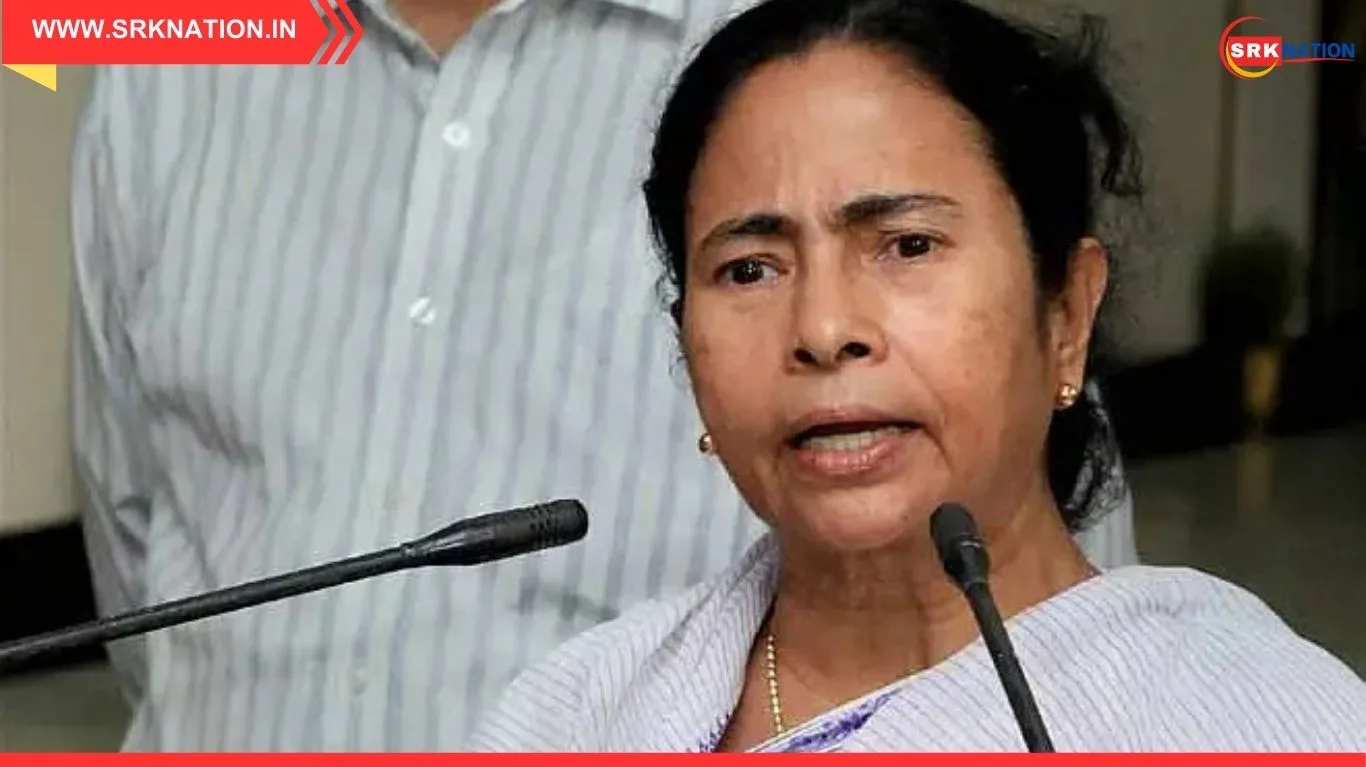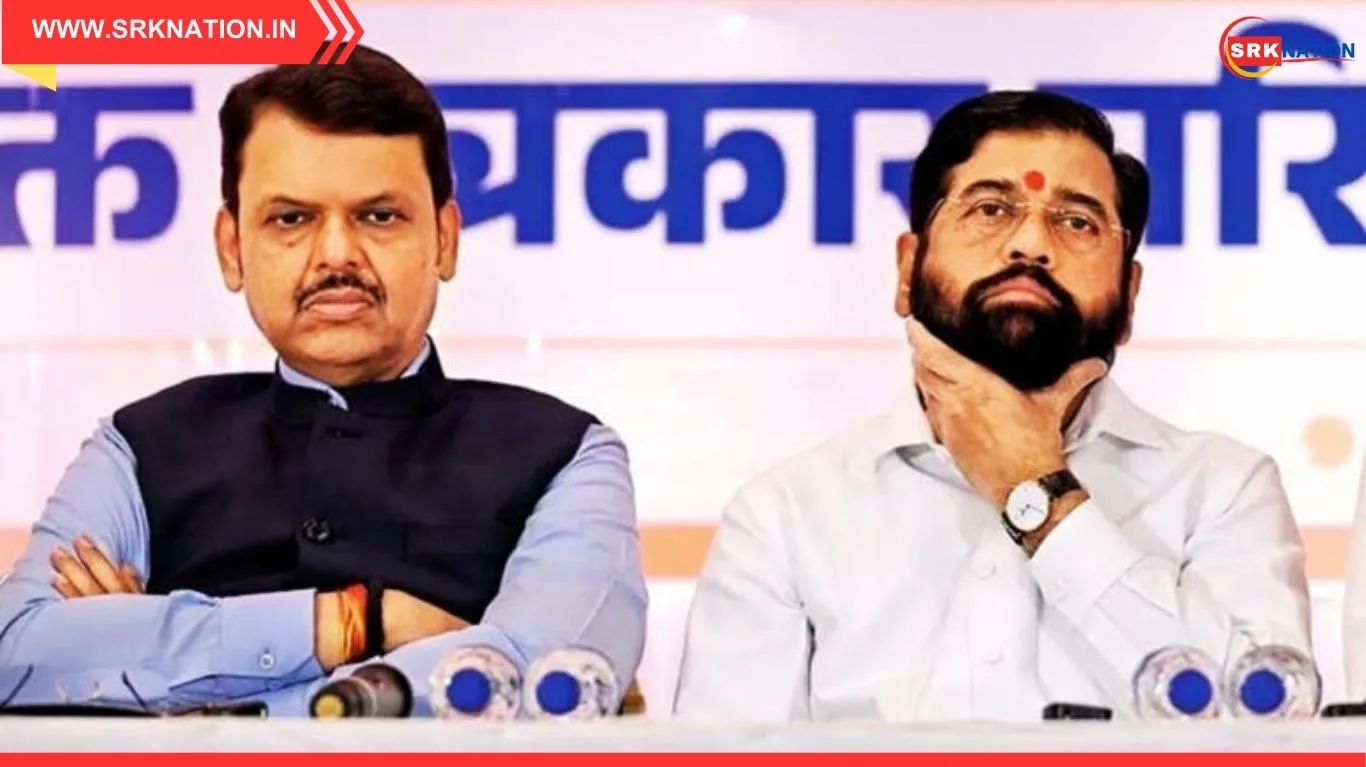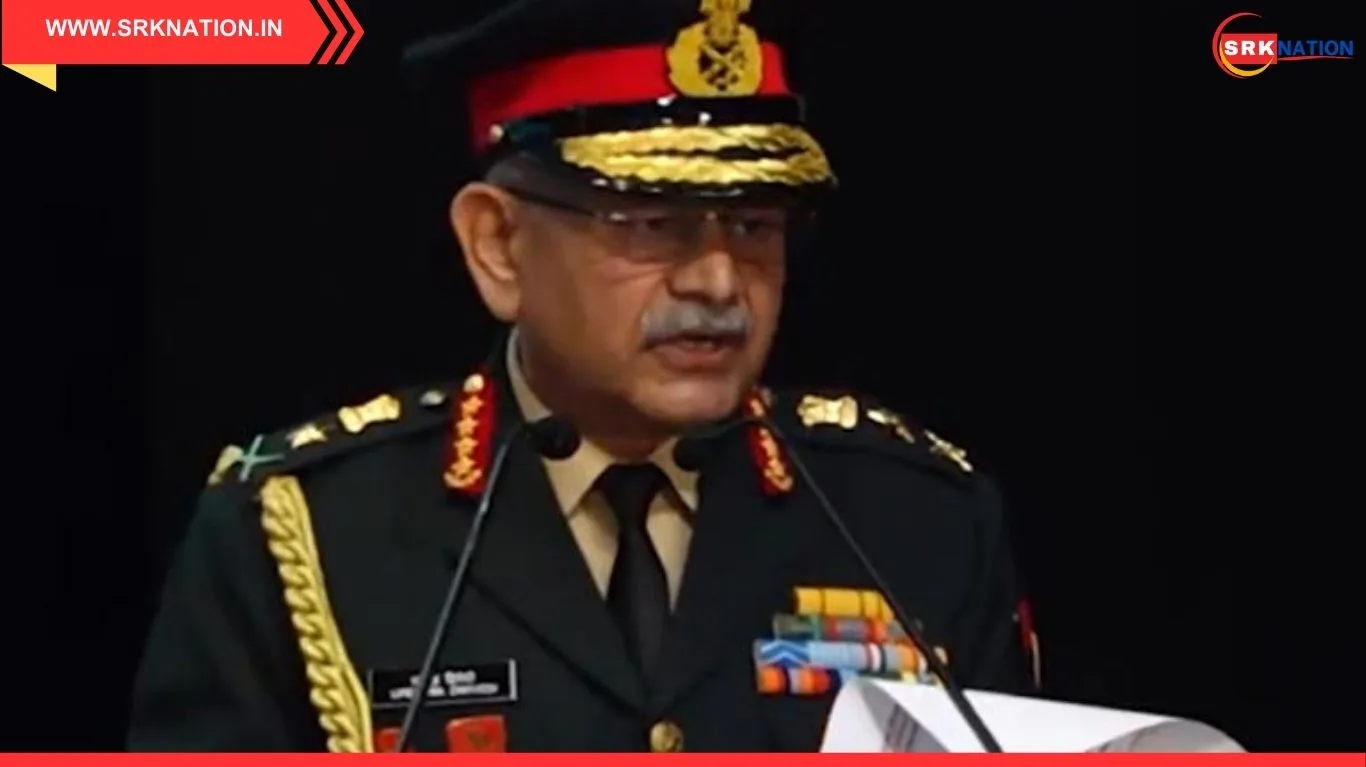The just-in-time release of funds, implemented by the government through the Treasury Single Account System (TSA) for autonomous bodies and the Single Nodal Agencies (SNAs) model for states, has saved the Centre nearly Rs 26,000 crore in interest costs since FY18. This was revealed by Finance Minister Nirmala Sitharaman at an event on Saturday.
Speaking at the 49th Civil Accounts Day celebrations, Sitharaman highlighted that the TSA system alone has saved more than Rs 15,000 crore in interest costs since 2017-18, while the SNA model has saved over Rs 11,000 crore since 2021-22. These savings have been achieved without any additional burden on taxpayers.
The implementation of the Central Nodal Agency (CNA) for central sector schemes, SNA for centrally-sponsored schemes, and TSA for autonomous bodies has enabled the Centre to track funds flow till the end-user. By linking all these payment systems to the overarching Public Financial Management System (PFMS), the Centre can analyze real-time funds available in schemes and ensure that the next installment is not booked until the previous releases have been utilized. This approach helps the Centre calibrate borrowings and save on interest costs.
“Just-in-Time fund releases have helped us to ensure that we don’t borrow more than what we need. It has also given us an advantage in making sure to lessen the burden on future generations,” Sitharaman said.
Unspent balances parked in more than 1.5 million bank accounts of implementing agencies across India were consolidated into 4,500 bank accounts of SNAs, bringing greater transparency.
*India’s Economic Growth and Future Prospects*
Addressing the same event, 16th Finance Commission Chairman Arvind Panagariya stated that, based on the past performance of the economy in US dollar terms, India is well poised to become a developed nation by 2047. He noted that India’s high economic growth trajectory since 2003-04 saw the country growing at an average of 7.8% till 2023-24 at constant dollar terms and 10.1% at current dollar terms.
At this pace, Panagariya said, India is on track to meet the World Bank’s criteria for a high-income economy by 2047-48. The World Bank defines a high-income economy as a country with a gross national income per capita of $14,005 or more in 2023.
Stay tuned for further updates on India’s economic progress and financial management initiatives.












